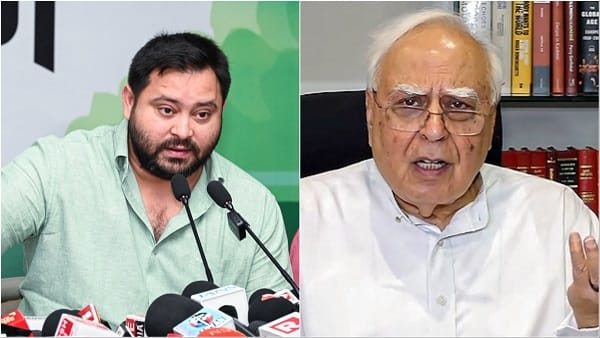
The Places of Worship (Special Provisions) Act, 1991, is a significant piece of legislation in India that seeks to maintain the religious character of places of worship as they existed on August 15, 1947. Enacted during a period of heightened religious tensions, the Act aims to preserve communal harmony by prohibiting the conversion of any place of worship and by maintaining its status as it was at the time of India's independence.
The Places of Worship Act, 1991: Legal Provisions and Controversies
The Places of Worship (Special Provisions) Act, 1991, is a significant piece of legislation in India that seeks to maintain the religious character of places of worship as they existed on August 15, 1947. Enacted during a period of heightened religious tensions, the Act aims to preserve communal harmony by prohibiting the conversion of any place of worship and by maintaining its status as it was at the time of India’s independence.
Key Provisions of the Act
For any queries or to publish an article or post or advertisement on our platform, do call at +91 6377460764 or email us at contact@legalmaestros.com.
The Act comprises several important sections that outline its scope and enforcement mechanisms:
- Section 2: This section provides definitions for terms used within the Act. Notably, it defines “place of worship” to include temples, mosques, churches, monasteries, and other places of public religious worship of different religious denominations.
- Section 3: This section explicitly prohibits the conversion of a place of worship of any religious denomination into one of a different denomination or any section of the same religious denomination.
- Section 4: This section declares that the religious character of a place of worship shall continue as it existed on August 15, 1947. It also bars the filing of any legal proceedings concerning the character of such places of worship.
- Section 5: This section exempts the disputed site at Ayodhya (Ram Janmabhoomi-Babri Masjid) from the Act’s provisions, acknowledging the ongoing legal proceedings related to that particular site at the time of the Act’s enactment.
Legal Controversies Surrounding the Act
- Constitutional Validity: Petitions have been filed challenging the Act’s constitutionality, arguing that it violates fundamental rights guaranteed under the Indian Constitution. Critics assert that by freezing the status of places of worship as of 1947, the Act infringes upon the rights to equality (Article 14), freedom of religion (Article 25), and the right to manage religious affairs (Article 26). They contend that the Act restricts the ability of religious communities to seek legal redress for historical grievances.
- Judicial Review and Access to Justice: The Act’s provision barring legal proceedings concerning the character of places of worship has been criticized for potentially denying individuals and communities access to justice. By preventing courts from entertaining disputes over such matters, the Act is seen by some as undermining the judiciary’s role in adjudicating conflicts and protecting rights.
- Historical Injustices: Some groups argue that the Act prevents the correction of historical wrongs where places of worship were allegedly converted or desecrated in the past. They claim that the legislation unjustly perpetuates the status quo, denying communities the opportunity to restore their places of worship to their original state.
- Communal Harmony vs. Justice: The Act embodies a tension between the desire to maintain communal harmony and the pursuit of justice for historical grievances. Supporters argue that altering the status of places of worship could reignite communal tensions and disturb public order. Opponents, however, contend that justice should not be sacrificed for the sake of harmony, and that genuine grievances deserve legal consideration.
Judicial Interpretations and Developments
- Ayodhya Verdict (2019): In the landmark judgment concerning the Ayodhya dispute, the Supreme Court upheld the constitutional validity of the Places of Worship Act. The Court emphasized that the Act reflects the secular values of the Constitution and is aimed at preserving communal harmony. It noted that the legislation seeks to prevent the revival of historical disputes that could disrupt the social fabric of the nation.
- Ongoing Challenges: Despite the Supreme Court’s observations, multiple petitions challenging the Act’s validity have been filed. In response, the Supreme Court has sought the government’s stance on these challenges, indicating the need for a thorough examination of the issues raised. The Court’s future rulings will be pivotal in determining the Act’s fate and its alignment with constitutional principles.
Conclusion
The Places of Worship (Special Provisions) Act, 1991, represents a legislative effort to preserve the religious character of places of worship as they stood at the time of India’s independence, aiming to prevent communal discord. However, the Act has been a focal point of legal controversies, with debates centering on its constitutional validity, potential infringement on fundamental rights, and the balance between maintaining communal harmony and addressing historical grievances. As legal challenges continue, the judiciary’s interpretations and decisions will play a crucial role in shaping the Act’s application and its impact on India’s secular and pluralistic society.





